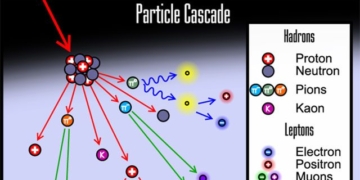The population of humpback whales in the North Pacific has decreased significantly by 20% in less than a decade. According to researchers, the cause may stem from a marine heatwave.
In 1972, a humpback whale nicknamed Festus was first spotted off the southeastern coast of Alaska (USA).
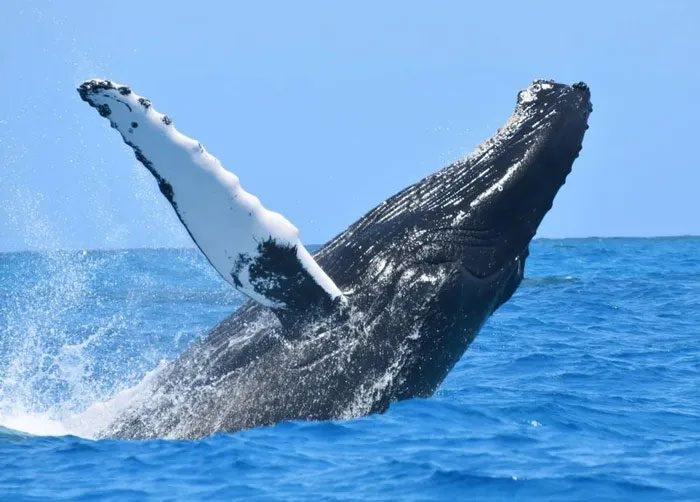
The population of humpback whales in the North Pacific has decreased by 20% in less than a decade. (Photo: Deep Blue Charters).
For the next 44 years, it returned every summer to feed in the cold, nutrient-rich waters of the North Pacific before migrating to Hawaii to breed in the winter.
However, in June 2016, the carcass of Festus was discovered in Glacier Bay National Park. The primary cause of death was starvation—something scientists believe may have been triggered by the most extreme marine heatwave ever recorded, according to the Guardian.
A new study, published on February 28 by Royal Society Open Science, reveals that the population of humpback whales in the North Pacific has decreased by 20% between 2013 and 2021, after warm water disrupted the ecosystem.
“The marine heatwave (2014-2016) really reduced ocean productivity, severely affecting the humpback whale population,” said Ted Cheeseman, a biologist at Southern Cross University in Lismore (Australia) and the lead researcher.
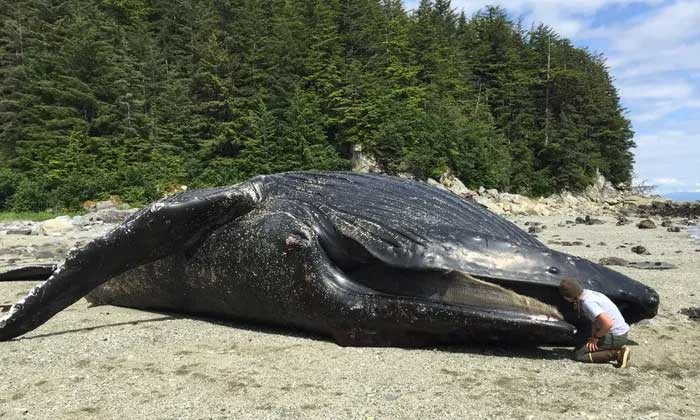
Humpback whale Festus, which died near Glacier Bay in June 2016. (Photo: Craig Murdoch/NOAA Marine Mammal Health and Stranding).
Unusual Mortality Events
Humpback whales can weigh up to 40 tons and reach lengths of 17 meters, famous for their ability to “compose” melodic songs in the deep sea and their spectacular breaches. However, this species has been on the brink of extinction due to centuries of hunting.
By 1976, the population of humpback whales in the North Pacific may have decreased to 1,200-1,600 individuals.
After the International Whaling Commission banned commercial whaling in 1982, the humpback whale population saw a significant recovery.
The new study estimates that the peak population reached nearly 33,500 individuals in the North Pacific by 2012. The average growth rate was 6% from 2002 to 2013.
This upward trend lasted for 40 years and was impressive enough that humpback whales were removed from the U.S. Endangered Species Act list in 2016.
However, in the same year, a severe marine heatwave continued to warm the waters of the northeastern Pacific. Sea surface temperatures recorded between 2014 and 2016 were 3-6 degrees Celsius above average.
This reduced the nutrient availability for phytoplankton, the primary producers at the base of the marine food chain. As a result, the impact spread throughout the ecosystem, leading to less food for all creatures from sardines and seabirds to sea lions.
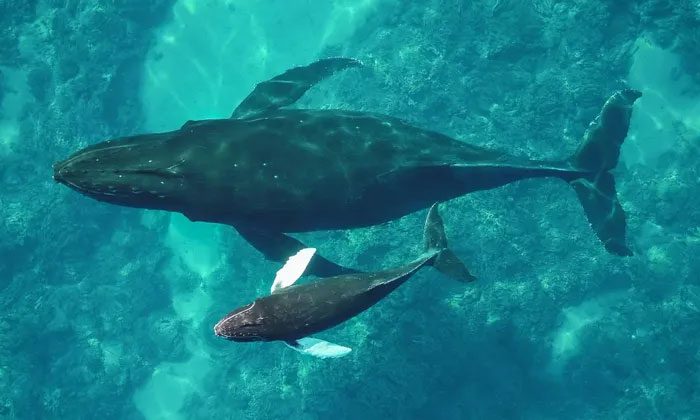
Extended heatwaves can cause whales and other marine animals to starve. (Photo: Marine Mammal Research Program/Pacific Whale Foundation).
The new research shows that approximately 7,000 humpback whales disappeared from the North Pacific between 2013 and 2021. This decline may be attributed to a lack of food.
“This is definitely an unusual mortality event,” Cheeseman said. “Humpback whales have a very flexible diet, able to shift from consuming mollusks to herring or anchovies… But when the entire ecosystem experiences a decline, it can be severely detrimental to them.”
Impact of Heatwaves
Extended heatwaves may be a cause of starvation in whales and other marine animals, as seen in the case of Festus.
Cheeseman noted that this phenomenon could also lead to “skinny whales.” These whales are more susceptible to disease and have decreased reproductive success.
Research on humpback whales in the Antarctic also indicates that warmer oceans mean less food for whales, leading to lower pregnancy rates.
Ari Friedlaender, an ecologist at the University of California Santa Cruz and lead researcher for the Antarctic study, believes that the marine heatwave from 2014 to 2016 may “impact pregnancy rates in the population.” It could even “lead to the extinction of certain species” in the North Pacific.
To estimate the number of humpback whales in the North Pacific over the past two decades, Cheeseman and colleagues utilized the largest image identification database compiled for whale populations.
Named Happywhale—this database consists of hundreds of thousands of images of humpback whale tails contributed by 46 research organizations and over 4,000 scientists from various countries.
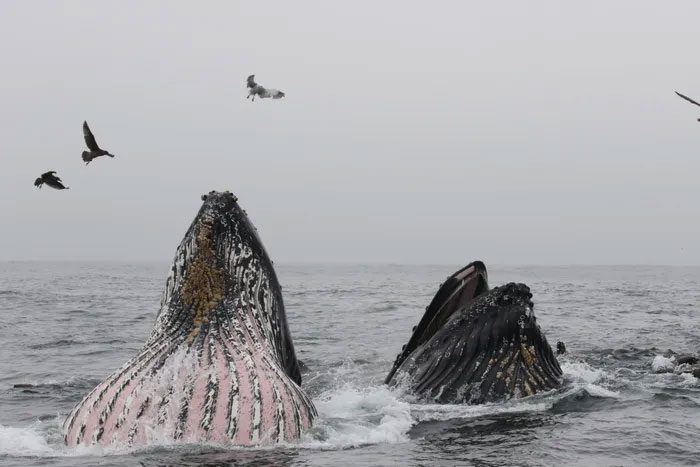
Heatwaves may be the reason for the decline in whale numbers in the Pacific. (Photo: Bekah Lane/the Marine Mammal Center).
Martin van Aswegen, a researcher at the University of Hawaii in Manoa, has used drones to study humpback whales born in Hawaii.
Over the past six years, Van Aswegen has measured the length, width, and body mass of more than 7,500 whales, tracking them from their breeding grounds in Hawaii to their feeding grounds in southeastern Alaska.
He uses the Happywhale database to identify the whales he measures.
Van Aswegen stated that the lack of food during the marine heatwave “led to a decline in reproductive success in 2018.” Only three humpback calves swam from Hawaii to Alaska. By the end of the feeding season, all three were missing.
During a shorter marine heatwave that devastated the northeastern Pacific in 2021, Van Aswegen observed that, on average, 24 mother whales lost weight after the foraging season. Typically, these mother whales would gain about 16 kg per day.
“We had never seen female individuals nursing lose weight in the foraging area like that,” Van Aswegen said.


















































